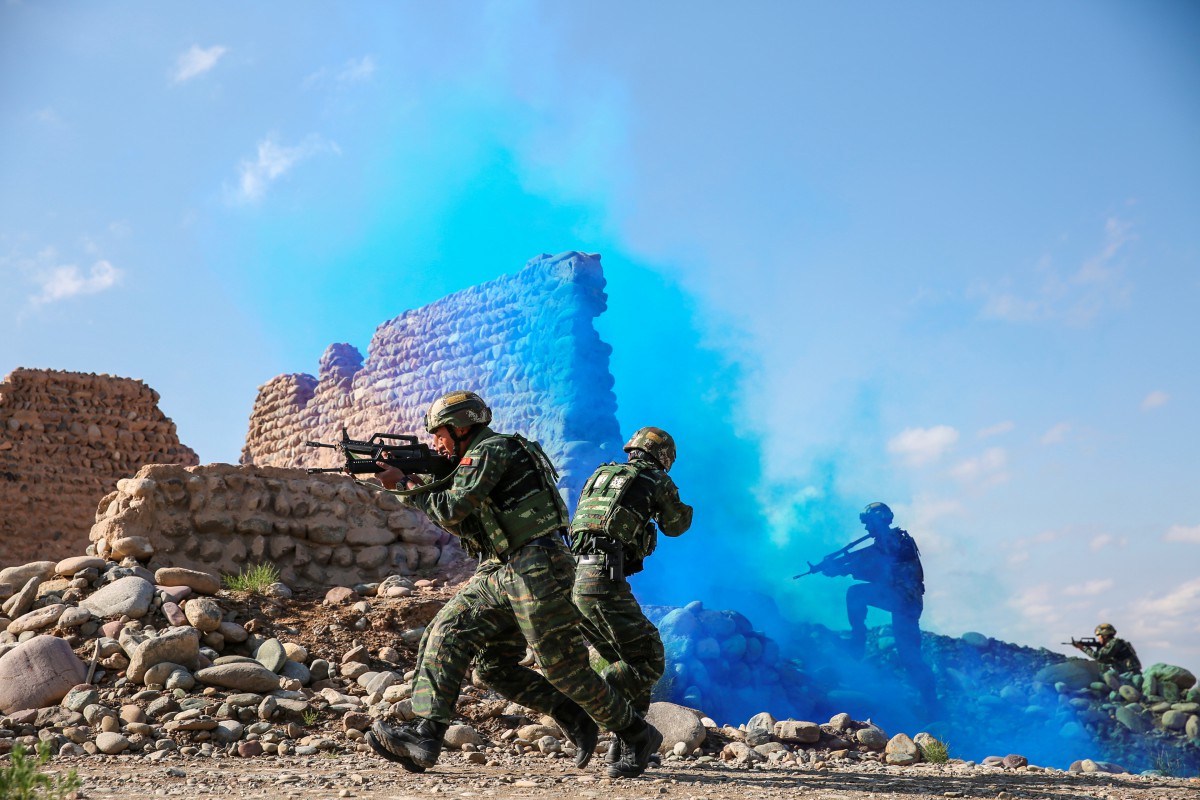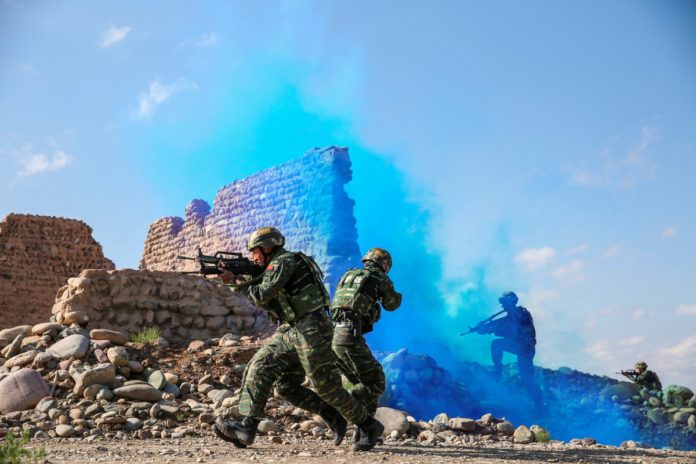TRUMP’S America remains the most powerful country in the Asia Pacific, but the balance of power is rapidly shifting “eastward” with the rise of China, according to Sydney-based think tank the Lowy Institute’s new Asia Power Index released earlier this month.
With an overall score of 85, the United States was recognised as the most powerful actor in the vast region – one that is home to at least 60 percent of the world’s population. With its phenomenal economic rise in recent decades, China came in second with a score of 75.5.
The index ranked 25 countries in terms of eight key measures including economic resources, military capability, diplomatic and cultural influence, and defence networks.
SEE ALSO: Xi Jinping named most powerful person on earth
“Wealth and power are moving eastwards, towards Asia,” said Dr Michael Fullilove, Executive Director of the Lowy Institute. “The Asia Power Index is a crucial new tool for all countries to understand where they stand, where they are weak, and how they can strengthen their position.”
“Asia’s economic transformation is reshaping the global distribution of power, with profound implications for war and peace in the twenty-first century,” he said.
Despite the image of the US being tarnished under the administration of President Donald Trump, it retains significant soft power and was ranked first for “cultural influence” – its regional reputation and influence via popular culture, media and education. It is the most popular university destination among Index countries, with 583,154 Asian international students in the US in 2015.
SEE ALSO: Why Southeast and East Asia are increasingly popular among international students
US hard power also remains considerable. It boasts defence alliances with seven other countries on the Index – more than any other country in the region. The Lowy Institute noted that 64.3 percent of world currency reserves and 40.5 percent of all international transactions are still in US dollars.

Soldiers of the Chinese People’s Liberation Army (PLA) take part in a combat training in the Gobi desert in Jiuquan, Gansu province, China May 18. Source: Reuters
Nevertheless, when it came to diplomatic influence and economic relationships in the Asia Pacific, China was ranked first. The Lowy Institute also had it in first place for the “future trends” category, projecting China will have the largest gross domestic product, be the second biggest spender on military resources and have the second largest working age population by 2030.
Foreign assistance commitments to other nations across the Asia Pacific were estimated at US$16.7 billion in 2014.
Militarily, however, China still lags behind the US. China has just five aircraft carriers and principal amphibious ships compared with the United States’ 50 and in terms of defence networks, it was ranked eighth.
SEE ALSO: China’s first homegrown aircraft carrier commences trials
Japan was ranked third with a considerably lower score of 42.1, followed by India (42.5), Russia (33.3) and Australia (32.5). In seventh place was South Korea (30.7) then Singapore (27.9), Malaysia (20.6) and Indonesia (20.0).
Aaron Connelly, a Research Fellow at the Lowy Institute tweeted that the Index was the culmination of two years’ work. “Some will focus on the aggregate rankings, but the real value here is in the massive amount of data accumulated and vetted,” he said.
The Lowy Institute hopes the Index will have the affect of “sharpening” policy debate on power in the region.





